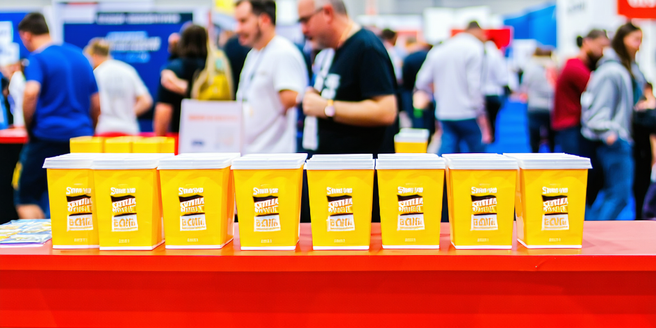
Understanding Sweepstakes Entry Patterns
Understanding the dynamics of sweepstakes entry patterns is crucial for both participants and organizers. Many sweepstakes tend to receive entries in waves, often influenced by specific marketing triggers, holiday seasons, and promotional efforts. Participants should be mindful of these patterns, as entering during peak times might decrease their winning odds due to higher competition. Conversely, organizers should harness these patterns to maximize participant engagement. Through analyzing entry data, organizers can tailor strategies to sustain interest throughout the sweepstakes duration. Additionally, understanding these dynamics helps in optimizing entry mechanisms, making them more participant-friendly and reducing barriers to entry.
Analyzing Peak Entry Times
Peak entry times in sweepstakes often align with increased marketing activities, such as email blasts or social media campaigns. Participants tend to follow a pattern, with many entering during morning hours or just before deadlines. Understanding these peak times is essential for both organizers and participants. For organizers, knowing when entries spike allows them to adjust server loads and staffing as needed. Participants seeking better odds might choose to enter during off-peak hours when there’s less competition. Analyzing data on entry timestamps can provide insights into participant behavior, allowing for more strategic timing in both participation and prize announcements.
Daily Trends in Sweepstakes Participation
Tracking daily trends in sweepstakes participation reveals significant patterns that can help both entrants and sponsors optimize their strategies. Typically, entries tend to rise on weekdays, with Tuesday and Wednesday often seeing the most activity. This could be attributed to people settling into their weekly routines. Additionally, patterns like increased entries during late evenings suggest that participants prefer entering during their downtime. For sponsors, understanding these daily trends can help optimize promotional efforts, target advertising campaigns more effectively, and manage resources efficiently. Participants can increase their winning chances by identifying less competitive times to enter.
Factors Influencing Entry Frequency
Several factors influence how often participants enter sweepstakes. Among them, the perceived value of prizes, ease of entry, and entry restrictions play significant roles. When prizes are highly desirable, participants are willing to enter more frequently. Simple entry processes encourage continued participation, whereas complex or time-consuming entries can deter participants. Moreover, the frequency allowed by rules, whether daily or weekly entry, impacts engagement levels. Understanding these factors helps organizers create more accessible and appealing sweepstakes. Participants can take advantage; by assessing these factors, they can choose competitions with higher odds and suitable entry frequencies.
Strategies for Optimizing Entry Timing
Optimizing entry timing in sweepstakes is essential for maximizing winning odds. To do so, participants should analyze past entry trends and recognize that many entries are submitted last minute. Consequently, entering during less crowded times is beneficial. Automated reminders and scheduling entries can help avoid missing deadlines or entering during peak times. Another strategy involves studying entry rules to identify any advantages, such as bonus opportunities for early or repeat entries. Being proactive about these strategies allows participants to navigate sweepstakes more effectively, potentially increasing their chances of winning and maintaining an enjoyable participation experience.
Case Studies of Successful Sweepstakes Entries
Successful sweepstakes entries are often the result of strategic planning and timing. For instance, one case study highlighted a participant who used analytical tools to track entry patterns and identified that entries submitted just after midnight on weekdays faced less competition. Another successful entrant focused on participating in sweepstakes with fewer entries, thus boosting their probability of winning. Such case studies underscore the importance of detailed observation and leveraging data to refine entry strategies. By learning from these examples, both seasoned and new participants can improve their approach, leading to higher success rates in sweepstakes participation.
